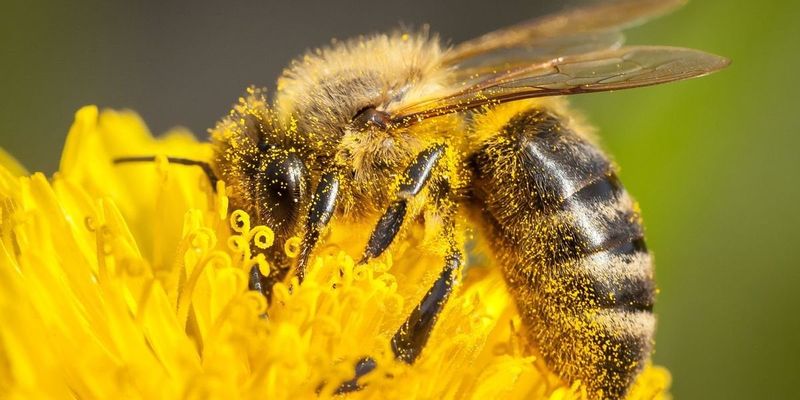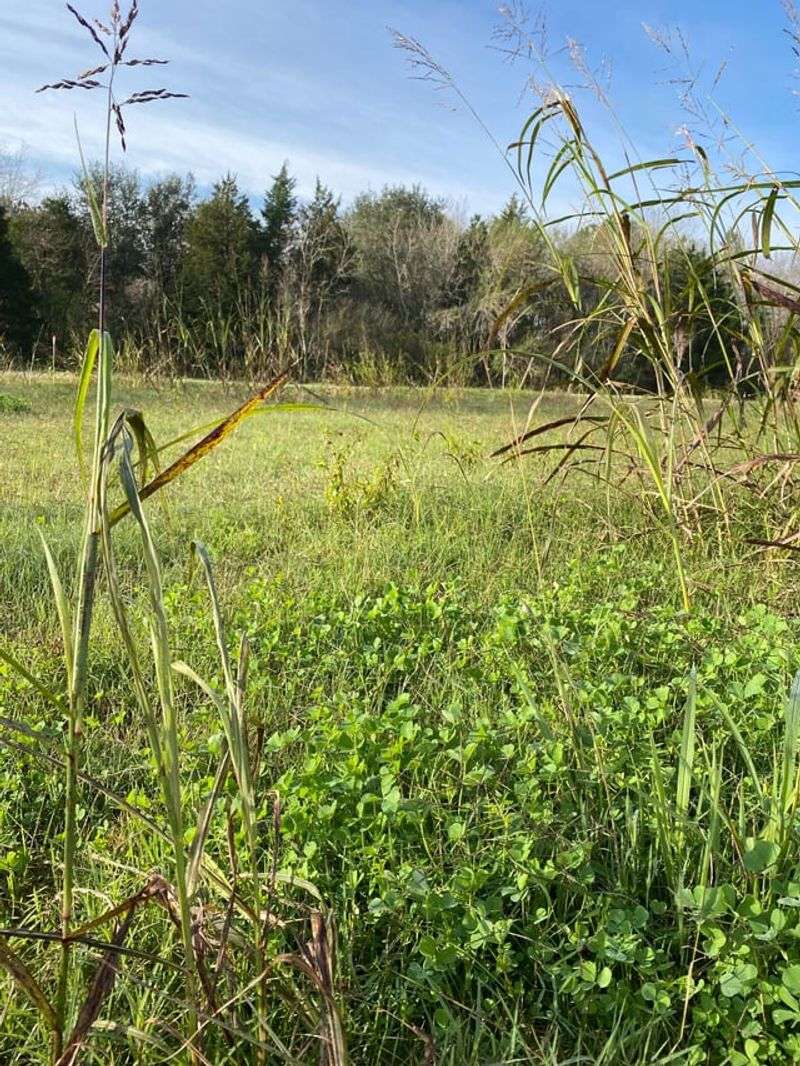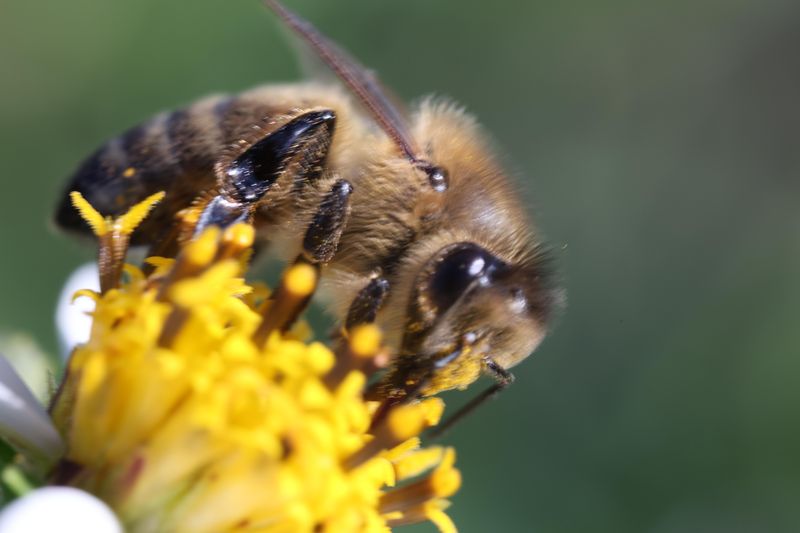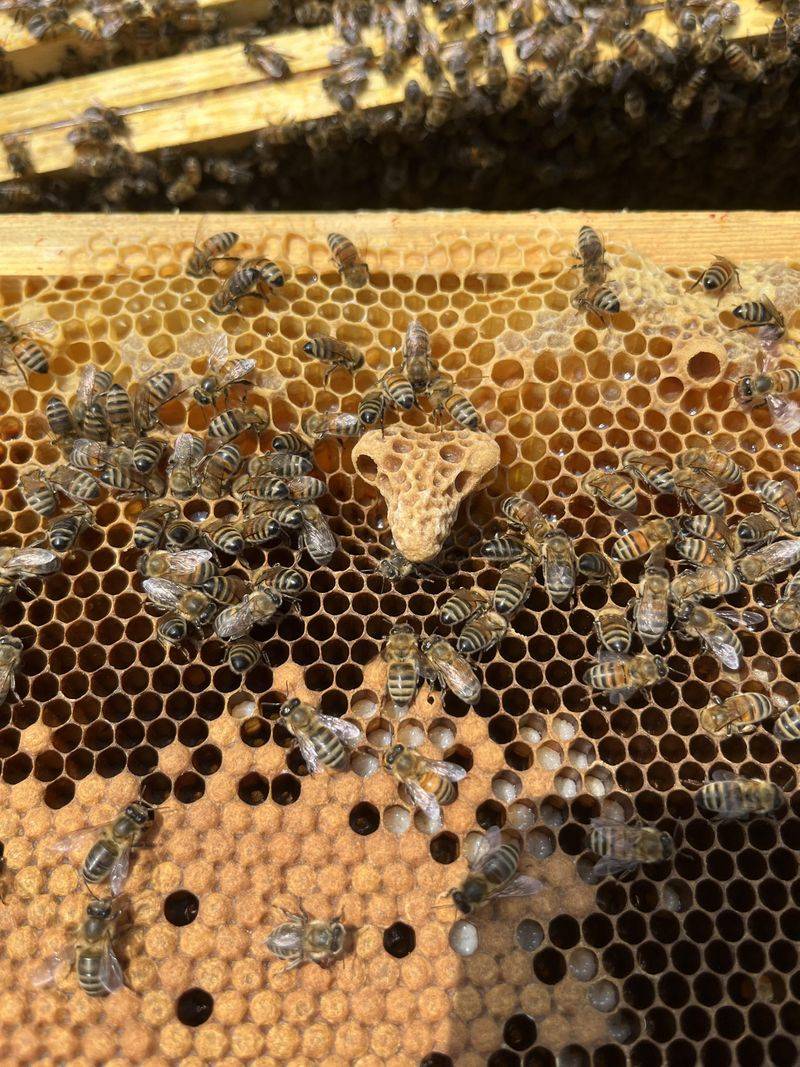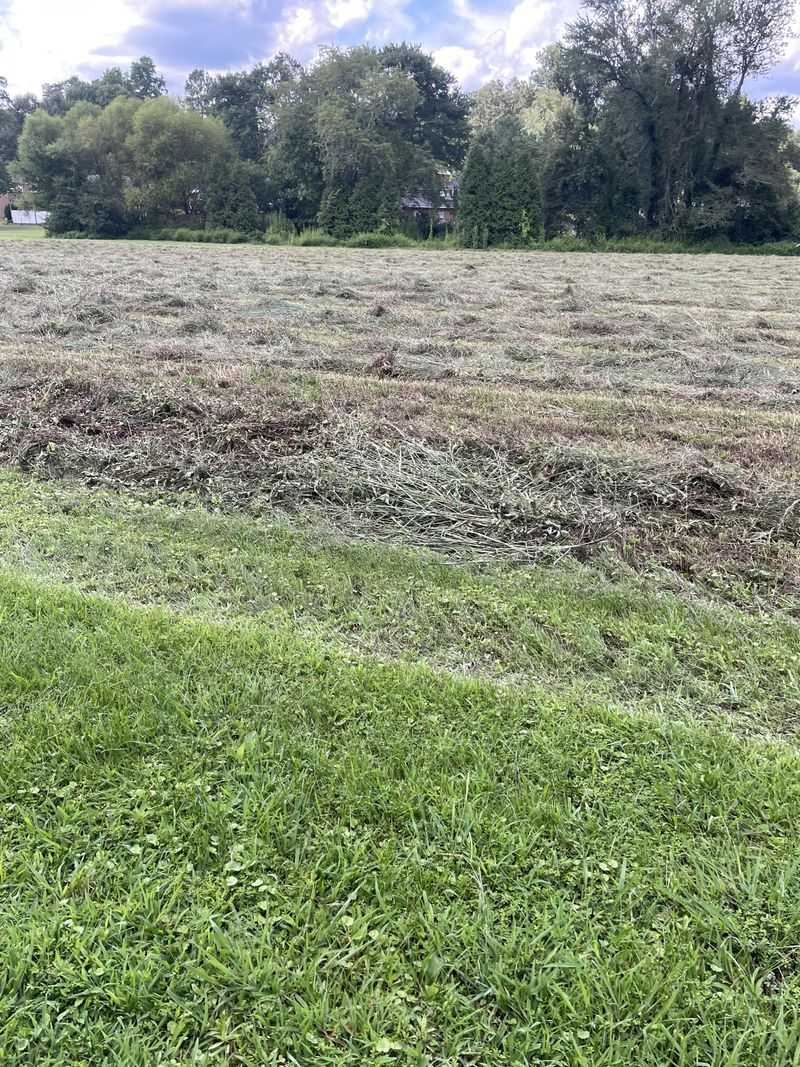It’s hard to imagine a garden without the gentle buzz of bees, but in Oregon, that sound is fading. These tiny pollinators are facing more challenges than ever, and it’s not just about pesticides.
From habitat loss to shifts in weather, the list of threats keeps growing. Let’s look at what’s really behind the slow disappearance of Oregon’s bees.
1. Pesticide Exposure from Agricultural Practices
Agricultural chemicals used throughout Oregon’s farmlands can be deadly for bees. Neonicotinoids and other insecticides don’t just kill harmful pests—they also harm beneficial pollinators.
When bees land on treated crops or flowers, they absorb these toxic chemicals through their bodies. Even small amounts can damage their nervous systems, making it harder for them to navigate back to their hives.
Farmers in Oregon are slowly adopting bee-friendly practices, but widespread pesticide use remains a serious threat to local bee populations.
2. Loss of Natural Habitat and Wildflowers
Urban sprawl and land development have dramatically reduced the natural spaces where Oregon bees once thrived. As cities expand and forests get cleared, wildflower meadows disappear.
Bees depend on diverse flowering plants for food throughout the seasons. Without these natural food sources, colonies struggle to gather enough pollen and nectar to survive winters.
Conservation groups across Oregon are working to restore native plant habitats, but reversing decades of development takes time and community effort.
3. Climate Change and Weather Extremes
Shifting weather patterns have thrown Oregon’s ecosystem out of balance. Warmer winters confuse bee hibernation cycles, while unexpected frosts can kill emerging colonies in spring.
Droughts reduce the availability of flowering plants, leaving bees with limited food sources. Wildfires, which have become more frequent in Oregon, destroy entire habitats in a matter of hours.
Climate unpredictability makes it incredibly difficult for bee populations to adapt and maintain stable numbers year after year.
4. Parasites and Disease Outbreaks
Tiny parasites called Varroa mites have devastated bee colonies throughout Oregon. These bloodsucking pests weaken bees and spread deadly viruses within hives.
Infected bees often can’t fly properly or defend their colonies from other threats. Diseases like American foulbrood can wipe out entire hives if not caught early.
Beekeepers in Oregon constantly monitor their hives for signs of infection, but controlling these microscopic enemies remains an ongoing battle that requires vigilance and resources.
5. Lack of Genetic Diversity in Managed Colonies
Commercial beekeeping operations sometimes breed bees that are too genetically similar. When Oregon’s managed bee colonies lack diversity, they become vulnerable to diseases and environmental stresses.
Wild bees naturally maintain genetic variety through diverse mating patterns. However, human-managed colonies often come from limited genetic stock, weakening their overall resilience.
Encouraging natural bee reproduction and introducing diverse queen bees can help strengthen colony health across Oregon’s beekeeping operations and improve long-term survival rates.
6. Invasive Plant Species Replacing Native Flowers
Non-native plants have invaded many of Oregon’s natural areas, crowding out the native flowers that local bees evolved to pollinate. Species like Scotch broom and Himalayan blackberry spread rapidly.
While some invasive plants do produce nectar, they often bloom at the wrong times or provide poor nutrition compared to native species.
Oregon bees struggle when their preferred food sources vanish, leading to malnutrition and weakened colonies that can’t survive harsh conditions or reproduce successfully.
7. Monoculture Farming and Limited Food Sources
Large-scale farming in Oregon often focuses on growing just one crop across vast areas. This creates food deserts for bees, who need variety in their diet.
When thousands of acres contain only grass seed or wheat, bees find little to eat. They require diverse pollen and nectar from different plant species to stay healthy.
Supporting Oregon farmers who practice crop rotation and plant wildflower strips can create better feeding opportunities for struggling bee populations throughout agricultural regions.


